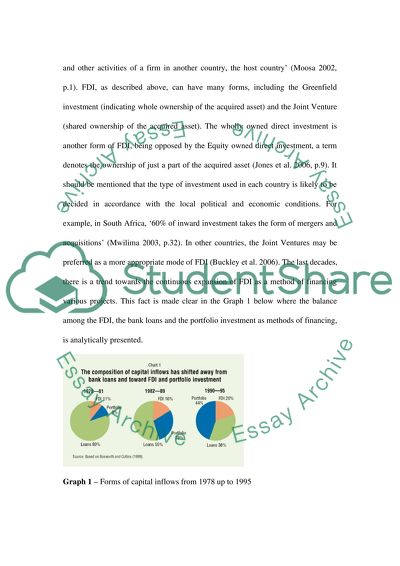Cite this document
(“The impacts of foreign direct investment on host country economies Essay”, n.d.)
Retrieved from https://studentshare.org/macro-microeconomics/1412533-3-using-examples-and-case-studies-discuss-and-evaluate-the-impacts-of-foreign-direct-investment-on-host-country-economies
Retrieved from https://studentshare.org/macro-microeconomics/1412533-3-using-examples-and-case-studies-discuss-and-evaluate-the-impacts-of-foreign-direct-investment-on-host-country-economies
(The Impacts of Foreign Direct Investment on Host Country Economies Essay)
https://studentshare.org/macro-microeconomics/1412533-3-using-examples-and-case-studies-discuss-and-evaluate-the-impacts-of-foreign-direct-investment-on-host-country-economies.
https://studentshare.org/macro-microeconomics/1412533-3-using-examples-and-case-studies-discuss-and-evaluate-the-impacts-of-foreign-direct-investment-on-host-country-economies.
“The Impacts of Foreign Direct Investment on Host Country Economies Essay”, n.d. https://studentshare.org/macro-microeconomics/1412533-3-using-examples-and-case-studies-discuss-and-evaluate-the-impacts-of-foreign-direct-investment-on-host-country-economies.


